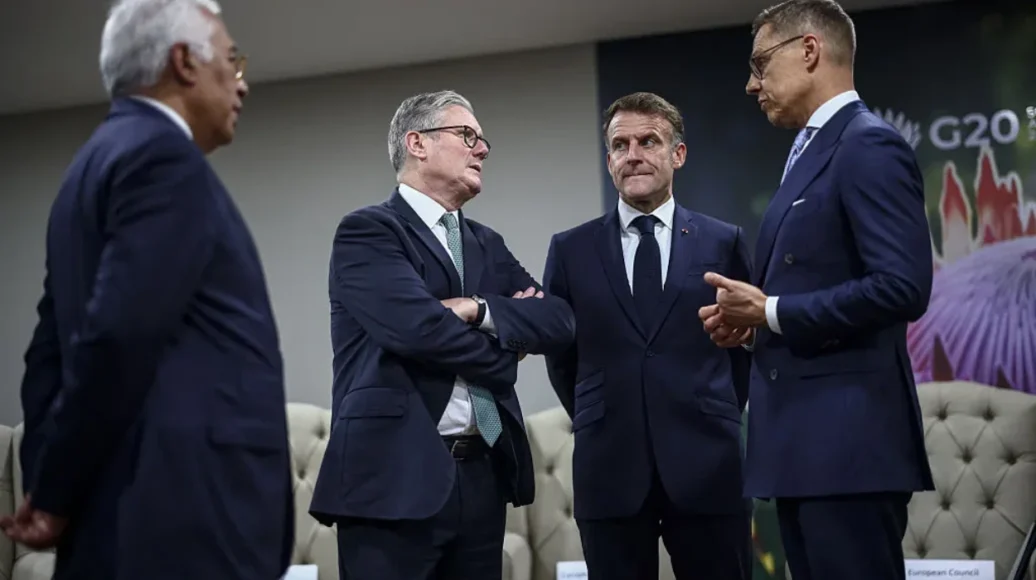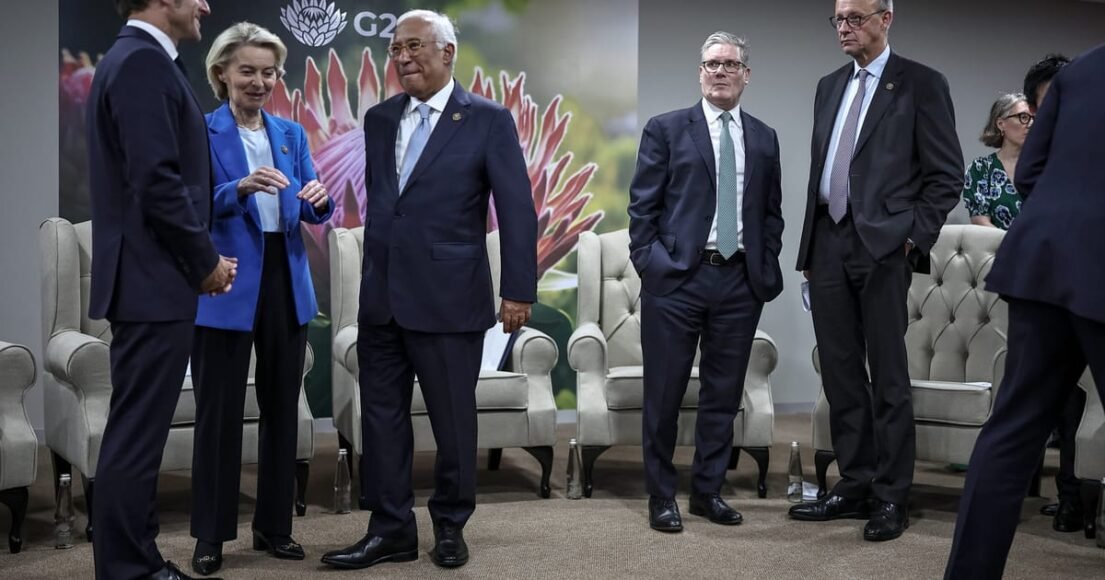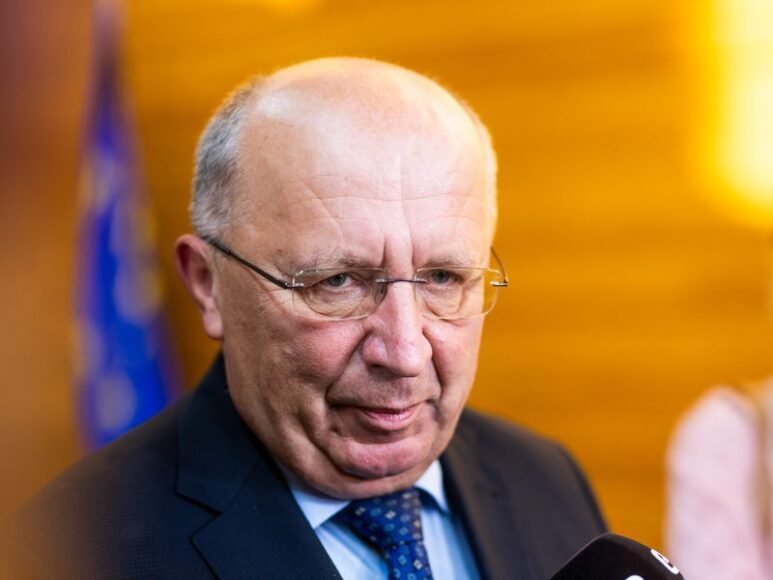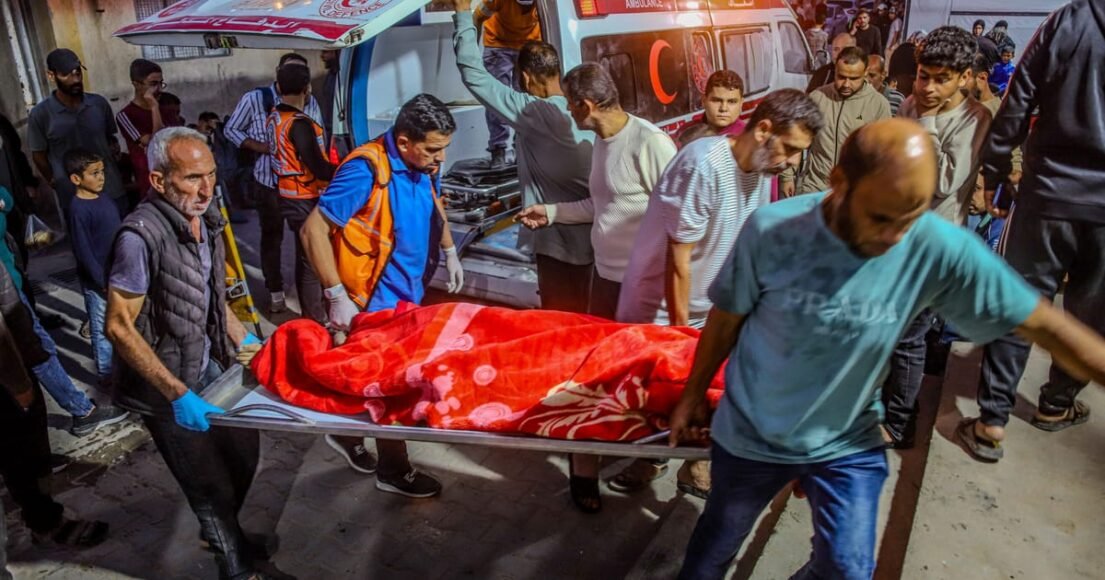The woman found herself trapped in a relationship with a man who “transformed from kind to monstrous.” He physically abused her, she recently revealed.
The young mother from Yemen is one among approximately 840 million women globally—nearly one in three—who have suffered physical or sexual violence by an intimate partner.
Alarmingly, this number has stayed almost unchanged since 2000, with a meager 0.2 percent annual decline over the last two decades.
In the past year alone, 11 percent of women aged 15 or older, about 316 million, endured physical or sexual violence by an intimate partner.
A ‘pervasive’ injustice
“Violence against women is one of humanity’s oldest and most pervasive injustices, yet still one of the least addressed,” stated Tedros Adhanom Ghebreyesus, Director-General of the World Health Organization (WHO).
The lack of progress is highlighted in a report published Wednesday by WHO and other UN agencies. It examines data from 168 countries from 2000 to 2023, exposing “a stark picture of a deeply neglected crisis and critically underfunded response.”
For the first time, national and regional estimates of sexual violence by non-partners, like male relatives or friends, are included.
Findings indicate that 263 million women have faced non-partner sexual violence since age 15, a figure experts emphasize is heavily under-reported because of stigma and fear.
Funding shortfall persists
WHO noted that despite increasing evidence of successful strategies to prevent violence against women, financial support is continually being cut.
In 2022, only 0.2 percent of global development aid was allocated to these programs, and funding has decreased further.
This occurs as humanitarian emergencies, growing inequality, and other challenges place millions of women and girls at risk.
Violence begins early
Women exposed to violence encounter unintended pregnancies, increased likelihood of acquiring sexually transmitted infections, and experiencing depression, the report states.
Moreover, violence against women begins early and risks continue throughout life. In the past year alone, 12.5 million young women aged 15-19 have suffered physical and/or sexual violence from an intimate partner.
“The data indicates many women first encounter violence from a partner in adolescence. Many children grow up witnessing their mothers being abused, with violence as part of daily life,” said Catherine Russell, Executive Director of UNICEF.
The solution is to break this cycle, she added.
Action, support, and investment
The report was released ahead of the International Day for the Elimination of Violence against Women and Girls, observed annually on November 25.
It appeals for decisive government action and funding to enhance evidence-based prevention programs and strengthen health, legal, and social services for survivors.
Countries must also invest in data systems to monitor progress and reach at-risk groups, in addition to enforcing laws and policies that empower women and girls.
“No society can claim to be fair, safe, or healthy while half its population lives in fear,” stated Tedros.
“Ending this violence is not only a policy issue; it is about dignity, equality, and human rights.”
Salma’s dream
Salma* is back in school after a judge freed her to return to her parents.
She was also referred to a UNFPA-supported safe space, where she learned about her rights, and remains determined to fulfill her dream of becoming a doctor.
“We must urgently work together to end this violence and ensure every woman and girl, in all her diversity, can exercise her rights, reach her potential, and contribute fully to more just, equal, and prosperous societies,” said Diene Keita, UNFPA Executive Director.
*Name changed for protection.














Leave a Reply